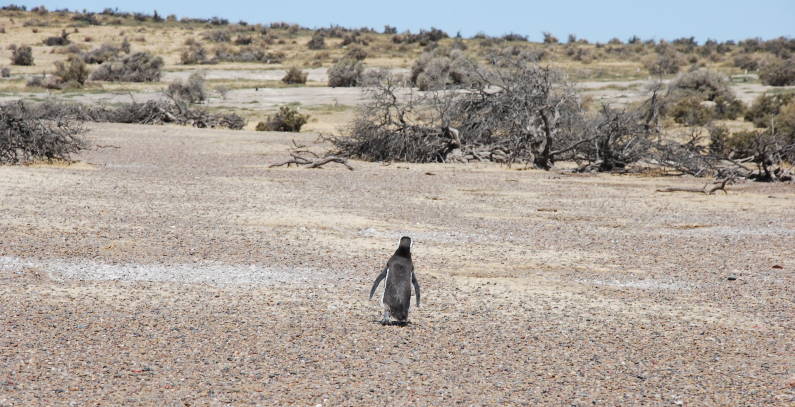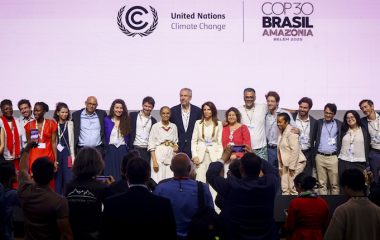
Slika: Unsplash
Even with the expected expansion of renewables, the planet is facing a major increase in temperature, BloombergNEF’s study indicated. Global warming of 3.3 degrees Celsius by 2100 would bring a massive risk of an irreversible change in climate patterns. Investments necessary by 2050 for avoiding the scenario are estimated at as much as USD 130 trillion.
While the coronavirus will take out energy sector emissions that would be equivalent to a 2.5-year volume if there was no pandemic, and the volume of greenhouse gases seems to have peaked last year, energy policy and investments have a long way ahead to ease global warming to tolerable levels, BloombergNEF said.
The New Energy Outlook 2020 offers the estimate of USD 78 trillion to USD 130 trillion of additional investment needed by 2050 to prevent the catastrophic scenario and reduce the rise in global temperature to well under two degrees Celsius, the basic target stipulated in the Paris Agreement. Current energy and climate policy and investment plans are leading to a 3.3-degree rise, the study found.
The difference is calculated against average temperatures from preindustrial times.
Wind, solar power plants are among key factors in energy transition
The next decade is crucial, according to BNEF’s Chief Executive Officer Jon Moore. Acceleration is necessary especially in the deployment of wind and solar power plants, electric vehicles, small-scale renewables and low-carbon heating technology, such as heat pumps, and the development of zero-carbon fuels, he said. The report especially highlights hydrogen.
Emissions must be slashed by 6% every year to stay well below two degrees of global temperature rise
The research firm said energy emissions are on track to drop 8% this year and never return to the level measured for 2019. They are expected to return to growth as the economy rebounds, and fall by 0.7% per year from 2027 to 2050, the paper showed.
“To stay well below two degrees of global temperature rise, we would need to reduce emissions by 6% every year starting now, and to limit the warming to 1.5 degrees Celsius, emissions would have to fall by 10% per year,” said Matthias Kimmel, senior analyst at BNEF and co-author of the report.
Natural gas to keep expanding by mid-century
Wind and solar account for 56% of global electricity generation by mid-century in the core scenario and together with batteries take 80% of the USD 15.1 trillion invested in new power capacity, according to the analysis. An additional USD 14 trillion is invested in the grid. Altogether, the projection is more optimistic than in previous annual editions, based on falling costs alone.
Oil demand is set to hit maximum in 2035 and descend from there, mostly with the expansion of electric cars, according to BNEF’s calculations. Natural gas is the only fossil fuel to keep growing by 2050, at a 0.5% rate year on year, mostly in buildings and in industry, the study shows.
The data indicates coal demand peaked in 2018 and that it would be reduced to a primary energy share of 18% from the current 26%.
Global warming projection of 3.3 degrees is no surprise
Associate Professor Vladimir Đurđević from the Faculty of Physics in Belgrade said global warming above two degrees would boost risks of a great economic loss and different points of no return in the climate system. He told Balkan Green Energy News that the world would undergo “a dramatic transformation and face extreme weather and climate events.”
Đurđević: The world risks a dramatic transformation and extreme weather and climate events
However, he said that the 3.3-degree estimate is no surprise. Global warming projections for 2100 have weakened by between half a degree and one degree Celsius in the past years according to changes in energy and climate policy, which is only limited progress, he stressed.
Đurđević added favorable predictions for some areas could also be offset by possible worsening elsewhere.









Be the first one to comment on this article.